Acne can be super frustrating, and not everyone’s ready to jump into harsh treatments or pricey skincare routines. That’s where home remedies shine. They’re simple, natural, and affordable.
They won’t clear your skin overnight, but they can calm redness, fight acne-causing bacteria, and support healing without irritation. You probably already have some of these remedies sitting in your kitchen or bathroom.
If you’re looking for an easy, low-risk way to treat breakouts, these eight home remedies offer a great place to start your clear-skin journey.
What Is Acne?
Acne is a common skin condition that occurs when hair follicles become clogged with oil, dead skin cells, or bacteria.
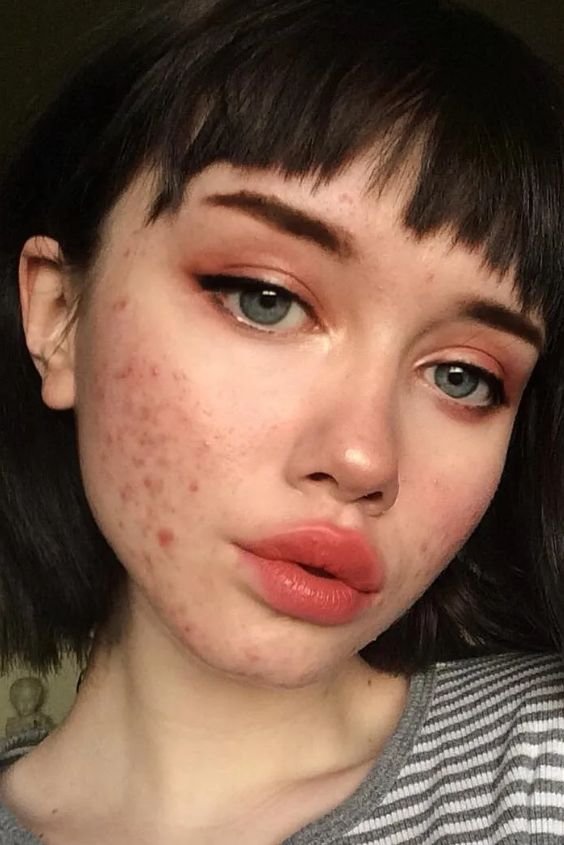
It often appears as blackheads, whiteheads, pimples, or cysts—especially on the face, back, and chest. While it’s most common during puberty, it can affect people of all ages.
Common Causes Of Acne
There isn’t just one cause of acne. It can be triggered by excess oil production, clogged pores, bacteria, or hormonal changes.
Stress, diet, and some skincare or makeup products can also play a role. Understanding the cause of your acne can help you choose the right treatment, whether it’s natural or medical.
When To Try Home Remedies
Home remedies are most effective for mild to moderate acne. If you’re experiencing occasional breakouts or clogged pores, these natural solutions can offer relief and support skin healing.
However, if you’re dealing with deep, painful cystic acne or frequent hormonal flare-ups, it’s important to consult a dermatologist. Severe cases or lingering scars often require professional treatment for lasting and safe results.
1. Tea Tree Oil For Spot Treatment
Tea tree oil is a favorite in natural acne care for good reason. It has antibacterial and anti-inflammatory properties that help shrink pimples and reduce redness.
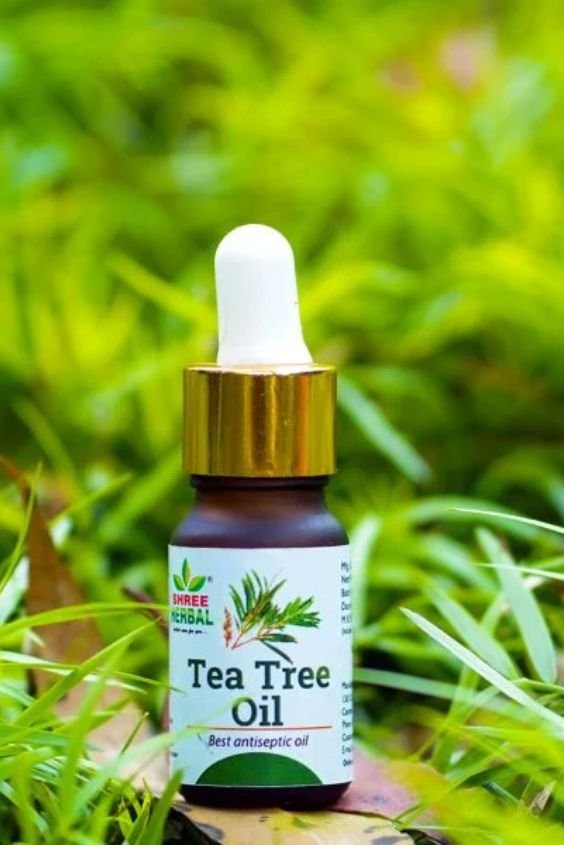
Always dilute it with a carrier oil like jojoba or coconut oil. Apply it using a cotton swab directly to spots—not all over your face—once or twice a day.
2. Raw Honey Masks For Soothing & Healing
Raw honey is naturally antibacterial and a powerful humectant, which means it pulls moisture into your skin. Apply a thin layer to freshly cleansed skin and leave it on for 15 to 20 minutes.
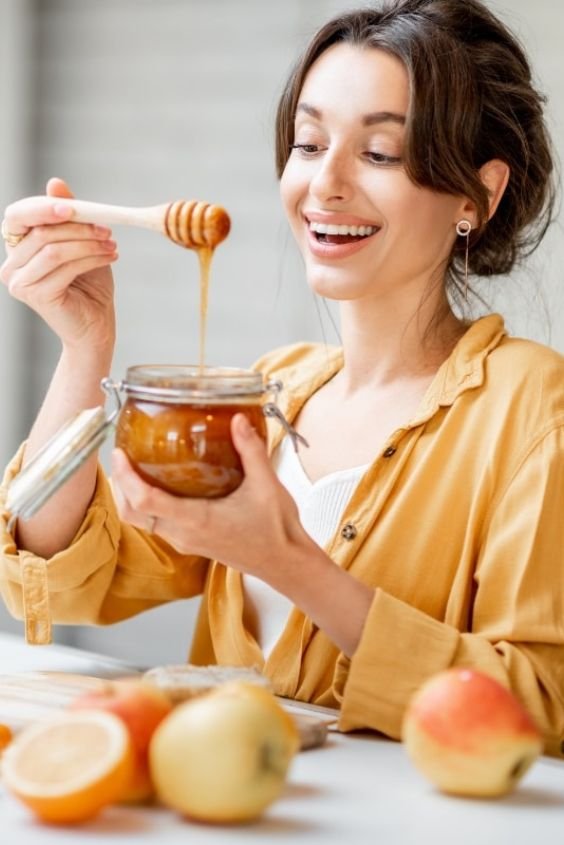
Then rinse with warm water. It calms irritation, reduces redness, and keeps breakouts in check. Plus, it won’t strip your skin or leave it feeling dry like some harsh treatments.
3. Ice Cubes For Swelling And Redness
When a pimple feels swollen or painful, ice can give quick relief. Wrap an ice cube in a clean cloth and gently press it on the breakout for one to two minutes.
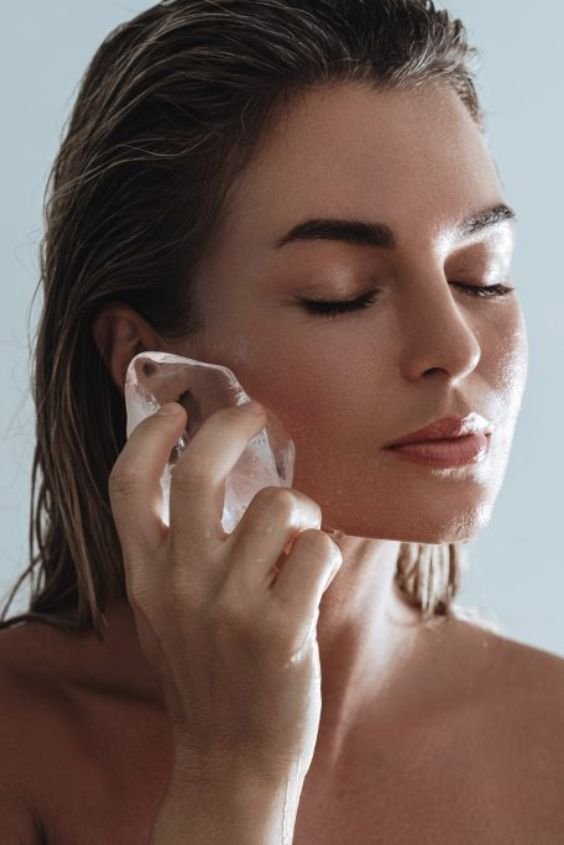
This helps reduce inflammation, redness, and puffiness. It will not make the pimple disappear completely, but it can calm the area and make it look less noticeable before important events.
4. Aloe Vera For Redness And Recovery
Aloe vera is well-known for calming sunburn, but it also helps heal acne. Use fresh aloe gel from a plant or buy 100% pure aloe (avoid alcohol-based gels).
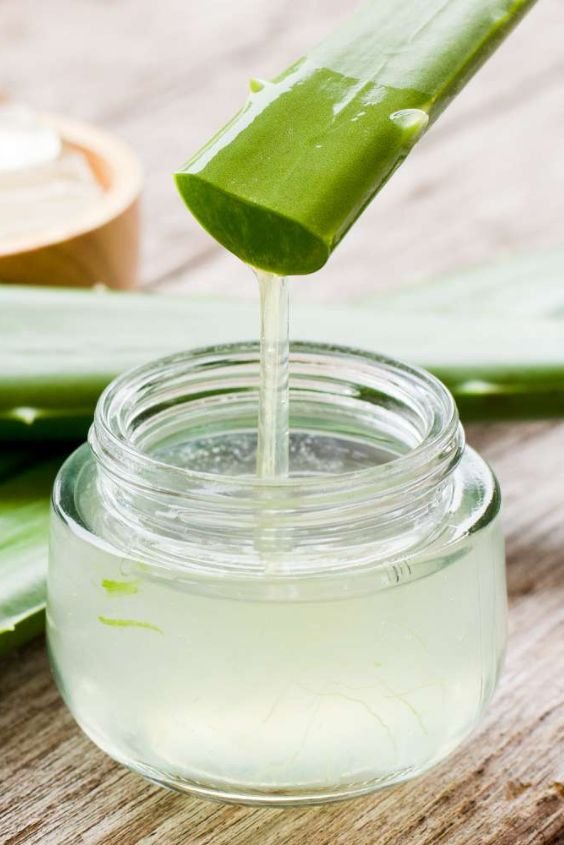
Apply a thin layer after washing your face. It reduces redness, soothes irritation, and may help fade acne scars over time.
5. Green Tea Toner Or Compress
Green tea isn’t just great to drink—it’s full of antioxidants that reduce inflammation and oil production.
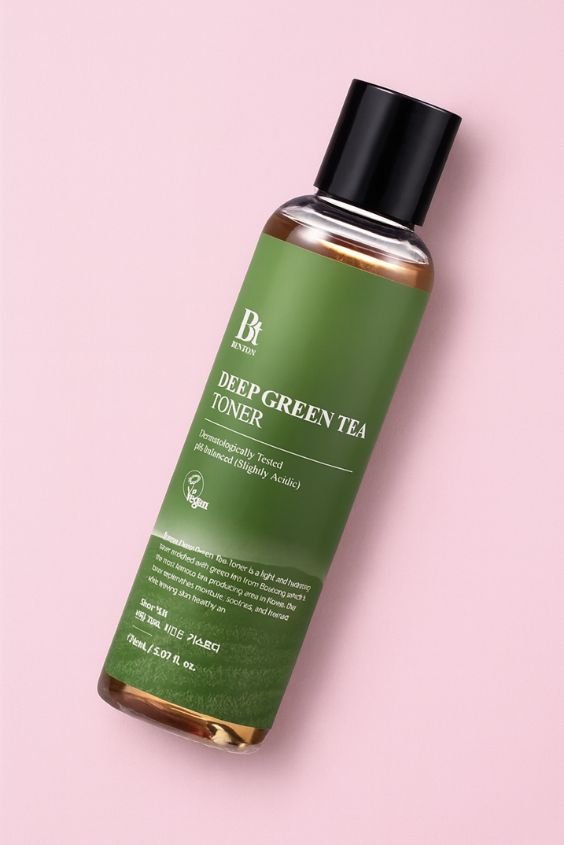
Brew a cup, let it cool, and use it as a toner with a cotton pad or spray it on your face. You can also press a cooled tea bag directly on breakouts for a few minutes.
6. Apple Cider Vinegar As A Toner
Apple cider vinegar has natural acids that can fight acne-causing bacteria. But it’s strong, so always dilute it—1 part vinegar to 3 parts water.

Use a cotton pad to apply it to affected areas only. Avoid using it on broken skin or if you have sensitivity, as it may sting or burn.
7. Oatmeal And Yogurt Face Mask
Oatmeal calms the skin while yogurt adds gentle exfoliation and probiotics. Mix ground oats with plain yogurt and apply it as a mask. Leave on for 10–15 minutes, then rinse. This combo helps reduce redness, absorb oil, and leave your skin feeling soft and clean.
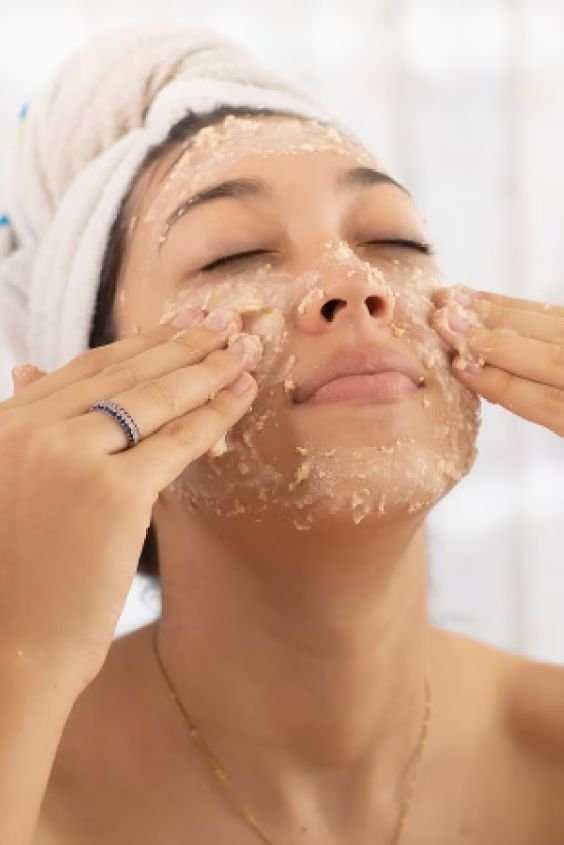
8. Lifestyle Tweaks That Boost Results
- Change your pillowcase every few days to avoid bacteria buildup.
- Avoid touching your face throughout the day.
- Keep your hair pulled back if it touches your skin.
- Drink plenty of water to stay hydrated.
- Cut down on sugary and greasy foods.
What To Avoid In DIY Acne Care?
Not all natural treatments are safe. Stay away from lemon juice, toothpaste, or baking soda on your face; they can irritate or damage your skin barrier.
Always patch-test new remedies and avoid applying anything too strong or abrasive. Natural doesn’t always mean gentle.
Conclusion
While home remedies are gentle and budget-friendly, the real key is consistency. Your skin renews every 28 days, so daily habits matter more than quick fixes. Always patch-test before using anything new, and avoid layering too many remedies at once. Focus on one remedy that suits your skin type—and listen to how your skin responds.
Frequently Asked Questions
1. How long do home remedies take to work?
Most take 2–4 weeks to show noticeable results. Be consistent and patient.
2. Can home remedies cure hormonal acne?
They can help with surface breakouts, but for hormonal acne, you may need medical treatment.
3. Is it safe to mix different remedies together?
No. Stick to one at a time to avoid skin reactions or over-drying.
4. Does toothpaste work as a home remedy for acne?
Toothpaste can dry out pimples, but it may also irritate them. It’s not recommended for regular use due to its harsh ingredients and potential for burning.




